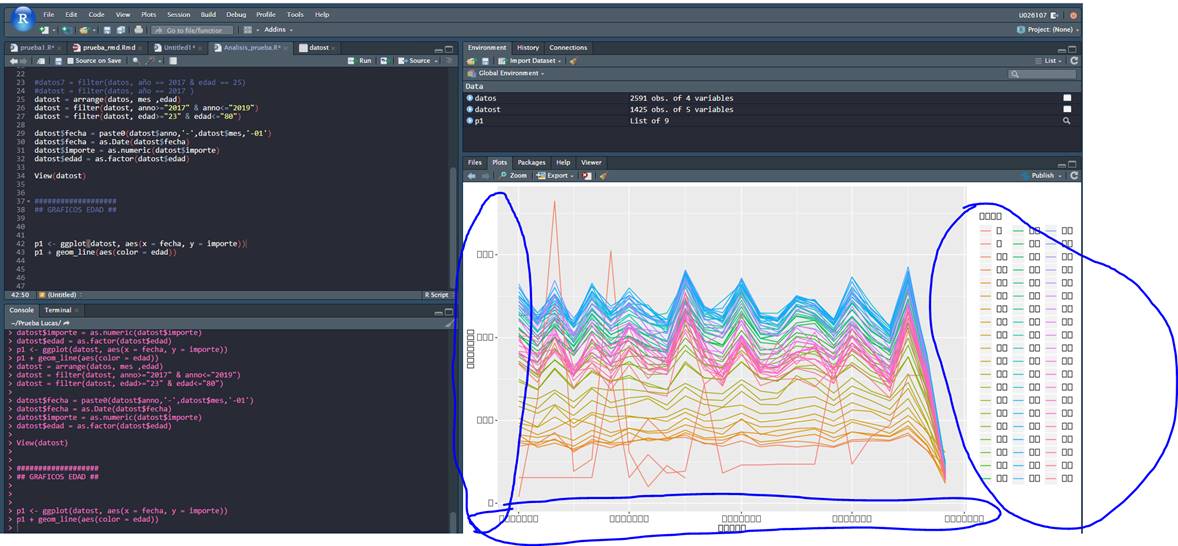

This will be given by your use of technologies, if you'll need lots of memory or lots of processing cores, here's where you'll choose it. After picking the name and the zone, select what kind of instance you'll be holding. Select Create, and you'll be taken to the following page:Īt this section, you can choose a name for your virtual machine, later you can select where that VM instance will be hosted, the cheaper places are in the US, but given the distance, you might find the connection "laggy". Clicking on that you'll be prompted to create or import a Virtual Machine. At the side panel of Google Cloud Platform's Console, you'll find the Compute Engine menu, and inside that, the VM Instances Option. Since the installation of the desired software is complete, now you need to create your first VM instance. Google Cloud SDK: The Google service management that allows the import of private keys to your server, and that helps manage firewall rules.Putty: The terminal connection that allows the execution of code inside your virtual machine.WinSCP: A file transfer feature that allows transitioning of files from/to your server easily and safely.First of all, you'll need a few applications to connect to your server, download the desirable authentications to operate and transfer files from the local machine to your Google cloud compute engine. There are a few steps to take that make the experience of using cloud computing easier. Many cloud services such as GCP, Amazon Web Services and others offer Free Tier Machines, that are often offered for a year.Īfter logging in to your Google account, and setting up your google cloud console. In order to use the Google services, you need to signup for the cloud feature ( ), with a valid billing account. This guide is a step-by-step way to show how to configure the Google Cloud Platform as easy as possible, and how to set up two of the most used features of R in the cloud: RStudio Server - To develop your code with an easy to use interface and Shiny Server, to deploy amazing data visualization websites easily. With the advance of cloud computing, and the higher accessibility given to this platforms, there's an uprising trend to use the existing cloud services, and integrating it with one of the greatest statistical software in the market: R! The ultimate guide to deploying Rstudio Open Source and Shiny Server Open Source at Google Cloud Platform Google Cloud Platform - How-To deploy Shiny Server and RStudio Server


 0 kommentar(er)
0 kommentar(er)
